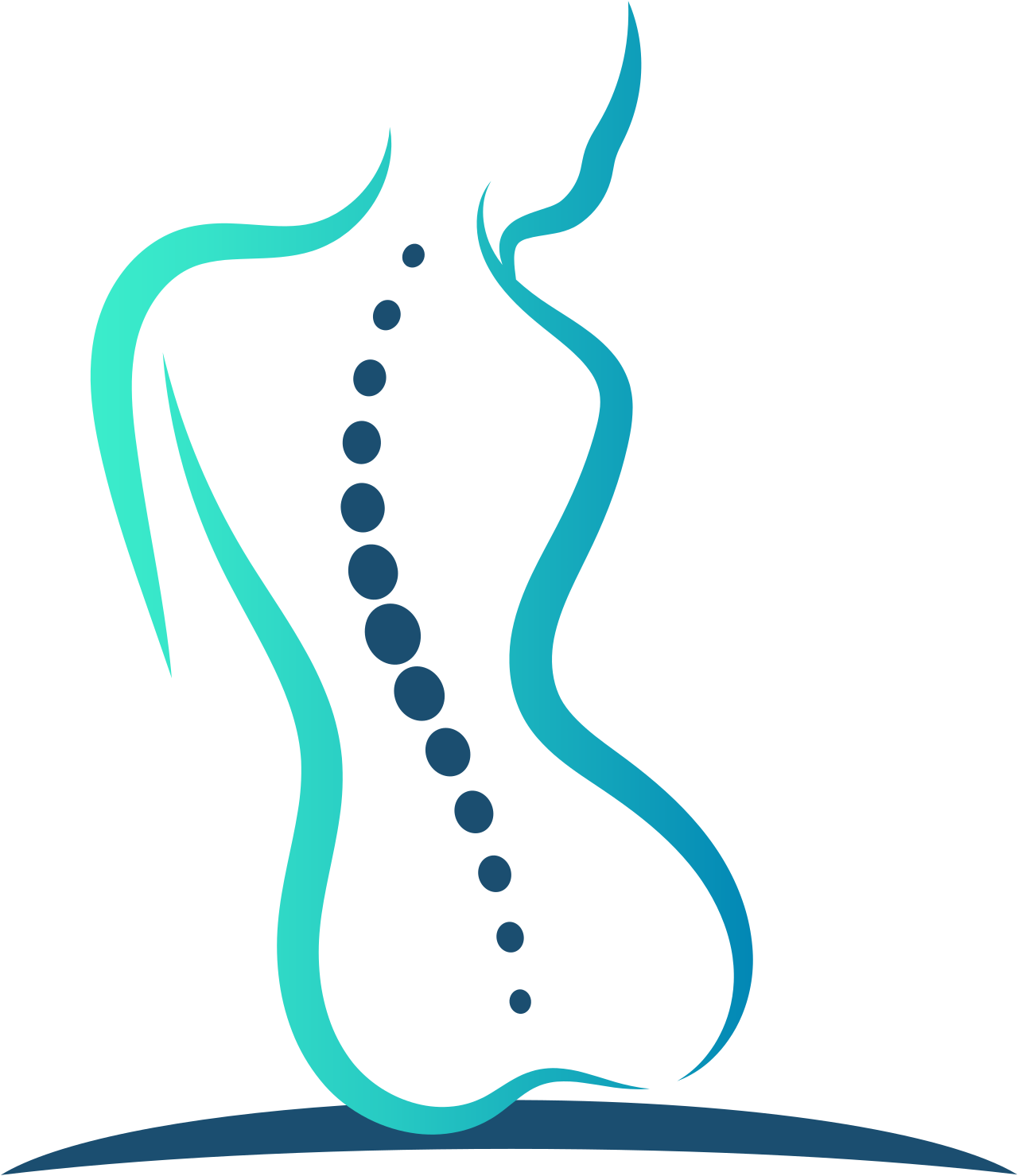Understanding pain: A guide from a pain management doctor in Irving, TX
Though pain is a universal experience (we've all felt some form of pain in our body at some point), many of us aren't always sure where pain comes from or what purpose that pain really serves. For many of us who live in and around Irving, TX, it can be a mystery and a source of frustration. We wrote this blog post to go back to the basics on pain and provide clarity on how pain works so you can get a better understanding of what our work at DFW Interventional Pain Institute is like and we can help you diagnose and treat different types of pain.
The nervous system’s role in pain
When it comes to pain, it all happens in our nervous system. Our nervous system acts as a command center for pain sensation, interpreting signals and dictating how we perceive pain. This process happens through an incredibly detailed and fast network involving both the spinal cord and the brain.
The spinal cord acts as a highway for these signals, delivering messages to the brain, which interprets them based on various factors, including past experiences and our emotional state. When you experience pain, you can think of it as a "pain signal" that goes from the sensory receptors of the affected area to your brain. Let's go into more depth about the journey of a pain signal in the next section.
The journey of a pain signal
Imagine a "pain signal" as an urgent telegram being sent through your nervous system. When you stub your toe or touch a hot surface, sensory receptors in that area send a message through nerve fibers to your spinal cord and then travel to your brain. The brain then processes these signals and perceives them as pain.
This complex system of nerves, fibers, and brain activity is the reason you can immediately react to harmful stimuli. It’s a well-orchestrated alert mechanism, outlined by millions of years of evolution to protect us.
It's worth noting that part of the work we do at DFW Interventional Pain Institute is helping to diagnose and treat pain that's causes without a "harmful" stimuli; in other words, there may not be tissue damage or deterioration but the patient might still be feeling pain. This is an important part of the work of being a pain management doctor and one of the most challenging things about the work that we do, and also brings some of the most rewarding experiences because we can help patients who might've tried many other treatments before.
Acute vs. chronic pain: Knowing the difference
When you think about pain, it often falls into two categories—acute and chronic. Acute pain is your body's immediate response to injury or illness. It’s sharp, serving as a distress signal that something is wrong. This type of pain usually subsides as the underlying cause heals.
On the other hand, chronic pain is more of a persistent echo that continues beyond the typical healing period, often lasting longer than six months. Unlike acute pain, chronic pain may not always originate from an apparent injury or healed condition (remember what we mentioned about pain signals in the previous section). In some cases, it serves no apparent protective purpose. Understanding this difference is crucial because it affects how Dr. Edrick Lopez will approach treatment.
Pain memory and chronic conditions
A lesser-known facet of pain is the concept of "pain memory." Over time, repeated or continuous pain signals can sensitize the nervous system, making it more reactive to future stimuli. This means that in chronic pain conditions, your body may overreact and perceive pain more intensely, forming a sort of "memory" that contributes to prolonged discomfort.
If this is something you're experiencing, it may be time to consult with a pain management specialist to discuss new treatment methods that previous physicians may not have been able to offer. This is actually one of the reasons we see most patients: they've tried other treatments that haven't work, or aren't receiving a multimodal approach to pain management that can help tackle pain from all possible angles.
The multimodal approach to pain management
Because pain is multifaceted, it often requires a multimodal approach to treatment. This means combining different strategies to manage pain effectively:
Medications: From over-the-counter painkillers to prescription drugs, they play a vital role in alleviating pain.
Physical Therapy: Tailored exercises help improve mobility and decrease pain, especially in musculoskeletal related discomfort.
Psychological Support: The links between the mind and pain are strong. Techniques like cognitive behavioral therapy can provide significant relief.
By using a multimodal strategy, a pain management physician can tackle various aspects of pain, providing a more comprehensive treatment plan.
If you're experiencing pain, DFW Interventional Pain Institute can help
Pain may be a complex issue, but there’s an array of strategies to manage and understand it. Remember, you are not alone in this—pain is a universal human experience, and help is available.
If you are struggling with pain, don't hesitate to reach out for professional support. A tailored treatment plan can significantly improve your quality of life. Our goal at DFW Interventional Pain Institute is to help you find the relief you deserve, using a patient-centered approach that empowers and educates.
For further information or to schedule a consultation, feel free to contact our practice. We're here to help you on your path to pain management and relief.
Remember: Pain is personal, and we can help you get back to living your best life.

